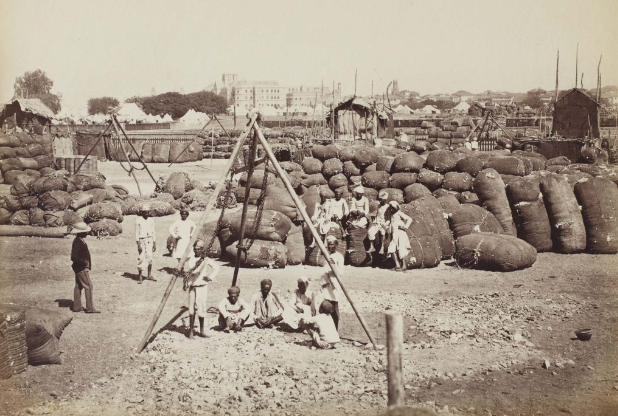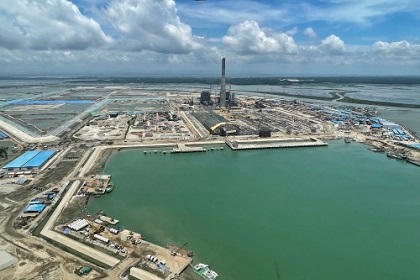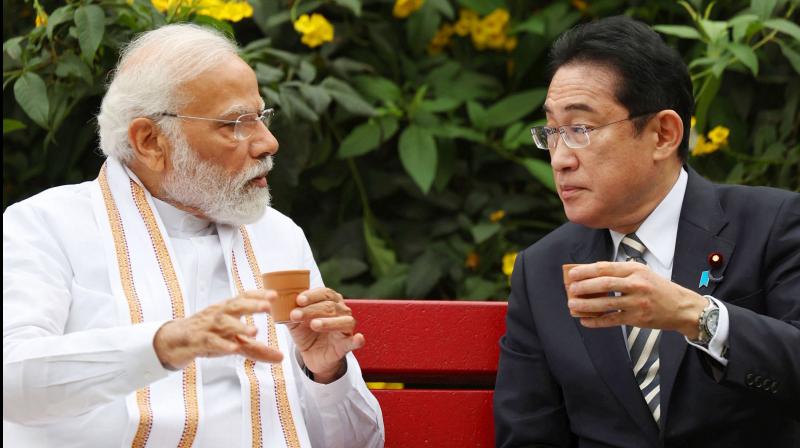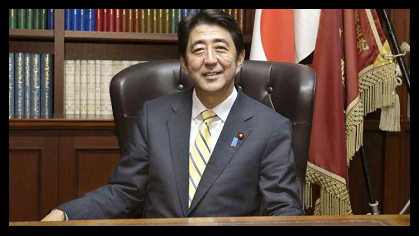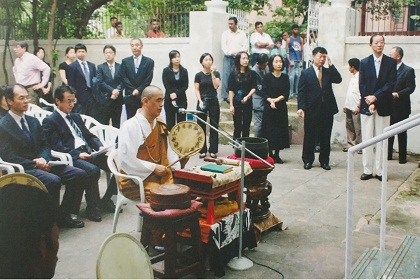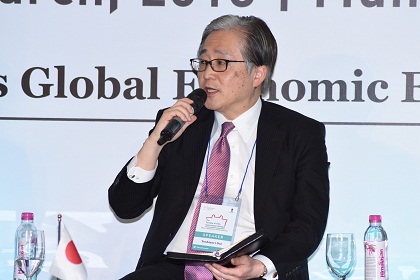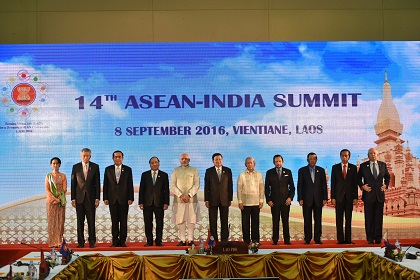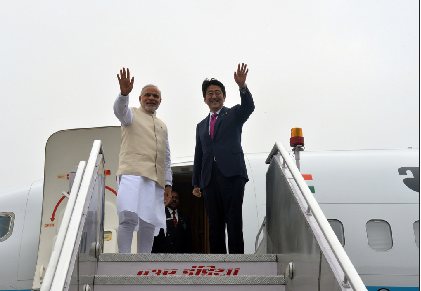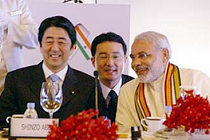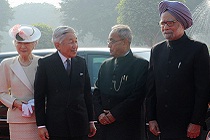Japan in Bombay and its presidency
India’s External Affairs Minister S. Jaishankar is currently visiting Japan for the 16th India-Japan Foreign Ministers Strategic Dialogue. The bilateral, which began 130 years ago with Bombay’s cotton trade, has deepened into a Special Strategic and Global Partnership in defence, digital technologies, semiconductor supply chains, clean energy, trade and connectivity. The following book excerpt traces the origin of India-Japan trade ties.

